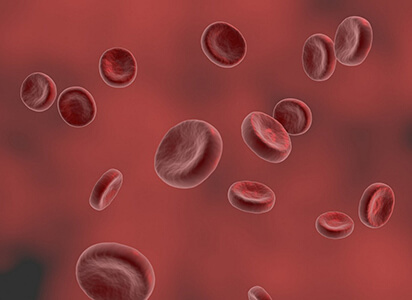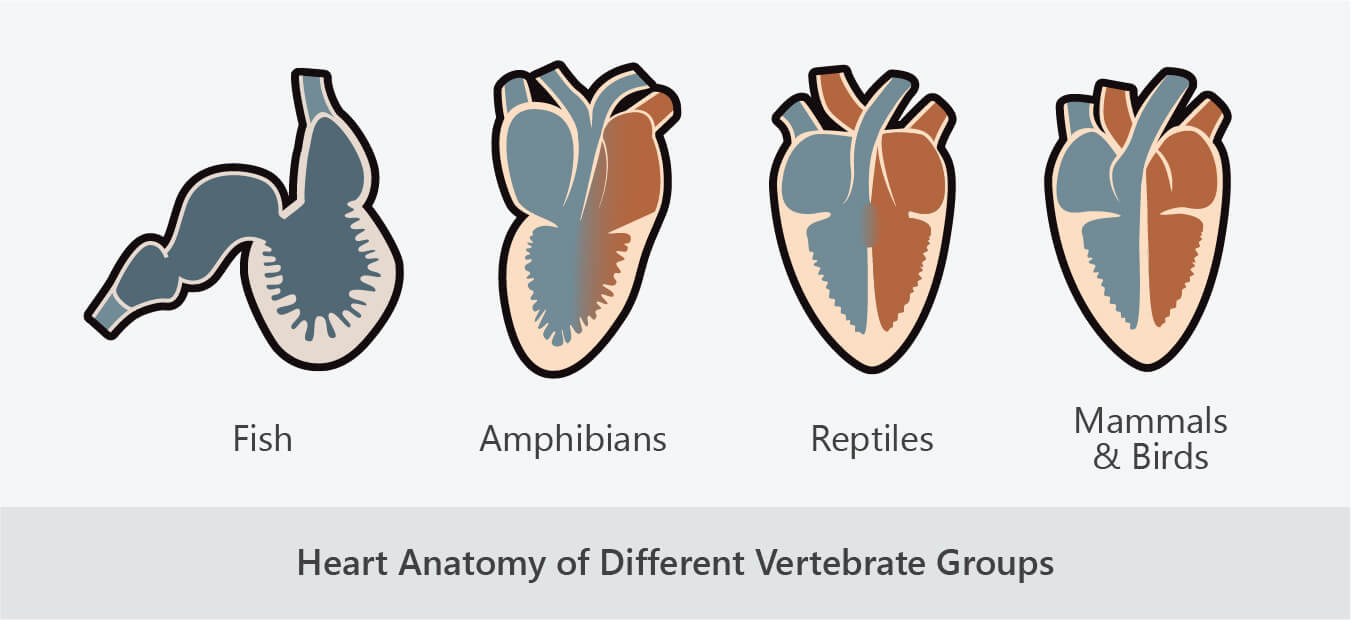This is a lesson summary. The full lesson can be viewed by purchasing an online course subscription.
Learning Objective
In this lesson we will learn about the circulatory system in humans and compare it to other animals.
Learning Outcomes
By the end of this lesson you will be able to:
- Discuss the overall function of the circulatory system.
- Explain why the circulatory system in humans is a double circulatory system.
- Describe the pathway blood takes as it moves around the body.
- Describe the function of the heart and identify its main structures.
- Compare arteries, veins and capillaries.
- Identify the main components of blood and describe the role they perform in the body.
- Compare the circulatory system in humans with circulatory systems in other animal groups.

(Image: Crystal_Blair, Pixabay)
Lesson Summary
- The circulatory system (cardiovascular system) transports substances around the body including food molecules, oxygen, carbon dioxide and other waste materials.
- The circulatory system consists of blood vessels, blood and the heart.
- Blood vessels form a transportation network throughout the body.
- Blood carries substances through blood vessels.
- The heart drives the movement of blood through blood vessels.
- Humans and other animals with lungs have a double circulatory system, consisting of a pulmonary circuit and a systemic circuit.
- The pulmonary circuit moves deoxygenated blood from the heart to the lungs and oxygenated blood from the lungs to the heart.
- Oxygen diffuses from the lungs into the bloodstream and carbon dioxide diffuses from the bloodstream into the lungs.
- The systemic circuit moves oxygenated blood from the heart to the body and deoxygenated blood from the body to the heart.
- Oxygen diffuses from the bloodstream into cells and carbon dioxide diffuses from cells into the bloodstream.
- The human heart consists of two sides, each divided into two chambers.
- The left side of the heart drives systemic circulation.
- The right side of the heart drives pulmonary circulation.
- The atria are the upper chambers of the heart, where blood enters.
- The left atrium receives blood from the lungs.
- The right atrium receives blood from the body.
- The ventricles are the lower chambers of the heart, where blood exits.
- The left ventricle pumps blood to the body.
- The right ventricle pumps blood to the lungs.
- Movement of blood between the atria and ventricles, and out of each ventricle, occurs via one-way valves.
- There are three types of blood vessels – arteries, veins and capillaries.
- Arteries carry blood away from the heart.
- The main arteries leading from the heart are the pulmonary arteries, which carry blood to the lungs, and the aorta, which carries blood to the rest of the body.
- Veins carry blood towards the heart.
- The main veins leading to the heart are the pulmonary veins, which carry blood from the lungs, and the vena cavae, which carry blood from the rest of the body.
- Capillaries connect arteries and veins.
- Blood consists of plasma, red blood cells, white blood cells and platelets.
- Plasma is the liquid component of blood, carrying suspended cells and platelets and containing dissolved substances.
- Red blood cells transport oxygen bound to haemoglobin molecules.
- White blood cells form part of the body’s immune system.
- Platelets are fragments of cells involved in blood clotting when blood vessels are damaged.
- All vertebrates and some invertebrates have a closed circulatory system, where blood is contained within blood vessels, keeping it separate from other bodily fluids.
- Most invertebrates have an open circulatory system, where haemolymph moves through the body cavity, where it mixes with other bodily fluids.
- Mammals and birds have a four-chambered heart consisting of two atria and two ventricles.
- Amphibians and reptiles have a three-chambered heart consisting of two atria and one ventricle.
- Fish have a two-chambered heart, consisting of one atrium and one ventricle. They have a single circulatory system.

Fish have a two-chambered heart and a single circulatory system.
Amphibians and reptiles have a three-chambered heart and a double circulatory system.
Mammals and birds have a four-chambered heart and a double circulatory system.
(Image: paveu, Adobe Stock)
(Header image: abhijith3747, Adobe Stock)
